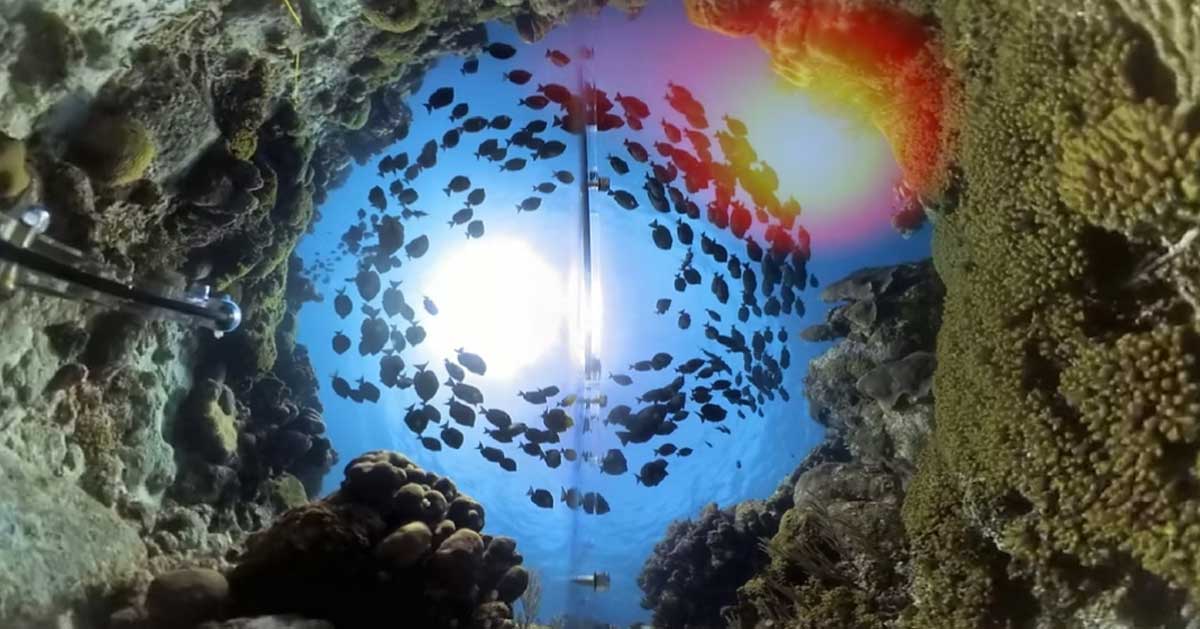There are a lot of amazing working dogs in the world: Medical alert dogs, seeing-eye dogs, bomb-sniffing dogs, rescue dogs — you name it. They live to serve, and we live to love them. But there’s a category of working dogs you may not have met before: Conservation dogs.
These dogs are a whole lot more impressive than my apartment-domesticated Shiba Inu, who often seems dismayed when I bring a bag on our walks to pick up litter in the neighborhood — or those beloved doodles, who might prefer to eat poop rather than simply sniff it out.
No — these are pups who are trained to save the planet.
Working Dogs For Conservation (WD4C) is the world’s leading conservation dog organization, based in the rugged plains of Missoula, Montana. Building upon techniques like narcotics and cadaver detection, as well as search and rescue, the organization pioneered the use of dogs’ extraordinary sense of smell to protect wild places. WD4C has a pack of over 25 dogs, each with a different combination of specialty scents and duties.
There’s Belgian Malinois Fenix who works with scouts in North Luangwa National Park to locate and confirm the safety of the park’s rhinos; or Tobias, a Labrador Retriever who works in Glacier National Park at watercraft check stations, searching for invasive Quagga and Zebra Mussels. Not to mention Seamus, a border collie who helps monitor and eradicate noxious weeds in Montana and has found evidence of the endangered San Joaquin kit fox in California.
Nearly all dogs in the pack have been rescued from shelters, and while their work is invaluable, their high-energy needs are met every day in the wild, and at the end of the day, they get to curl up in safe, loving homes.
WD4C’s dogs work in three continents to end wildlife trafficking (dogs are trained to detect ammunition, guns, poisons, snares, ivory, rhino horn, and pangolin scales), spot invasive species, monitor endangered species with other conservation groups, and even contribute to environmental justice, helping identify contaminants in Indigenous communities.
These aren’t just dogs with jobs; they’re canines with careers.

And it all comes down to the superiority of their snouts. Humans have approximately 5 million scent receptors in our noses, while dogs can have upwards of 220 million, according to WD4C. Dogs are simply better than people in this regard (and in nearly all regards, to be honest).
“For years, scientists have been trying to develop an instrument that is as sensitive as a dog’s nose,” the WD4C website says. “We wish them luck. In the meantime, we’ll stick with our pack.”
Most recently, in 2022, the organization launched its partnership with Indigenous Vision: the Blackfoot Environmental Justice Program. The project uses its fleet of conservation detection dogs to assist in sniffing out mink and otter scat in areas that are used for traditional food and fiber gathering in the lands and waters of the Blackfoot reservation. From there, chemical analyses are conducted to identify contaminants like heavy metals, pharmaceuticals, and endocrine disruptors.
In recent decades, unusual cancers and thyroid issues have emerged across the Blackfoot community, and its people have been forced to stop harvesting some wild plants and animals they rely on for sustenance and economic security.
The conservation dogs bring the reservation peace of mind. Well, rather, they are assisting Souta Calling Last, an ecological researcher who grew up on the reservation and was recently awarded a grant from the Environmental Protection Agency to create a detailed virtual map.
According to Grist, when finished, the map will have more than 30 layers, depicting sites of cultural importance, traditional names for rivers and valleys, toxic dumps, areas where it is dangerous to harvest plants and animals, and more.
This mapping project will provide an invaluable resource to the Blackfoot community, helping fight food insecurity and negative health outcomes, while reinforcing the Nation’s agency over their cultural identity and knowledge.
WD4C’s next project on Blackfoot land will be to sniff out chronic wasting disease, a very understudied illness that could lead to massive die-offs in deer and elk populations, which Blackfeet people rely on — and potentially poses danger to human life, as well.

The threat is intimidating, but the conservationist canines are cool, calm, and collected in the face of an unknown terrain — standing by, tails wagging, happy to help.
“Our ball-loving rescues love their jobs,” WD4C’s website shares the perfect summary of their pack. “They give us everything in the field, and they have a home with us forever.”
A version of this article was originally published in The 2023 Animals Edition of the Goodnewspaper.
Get your own Goodnewspaper by becoming a good news subscriber today.





